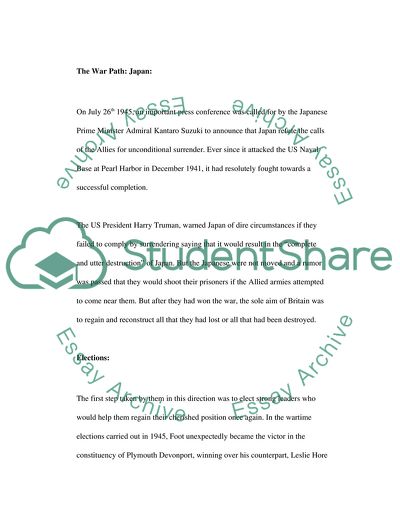Cite this document
(Contemporary Britain Case Study Example | Topics and Well Written Essays - 1500 words, n.d.)
Contemporary Britain Case Study Example | Topics and Well Written Essays - 1500 words. Retrieved from https://studentshare.org/macro-microeconomics/1709814-contemporary-britain-how-was-the-british-economy-and-class-structure-transformed-in-the-period-from-1945-to-the-present
Contemporary Britain Case Study Example | Topics and Well Written Essays - 1500 words. Retrieved from https://studentshare.org/macro-microeconomics/1709814-contemporary-britain-how-was-the-british-economy-and-class-structure-transformed-in-the-period-from-1945-to-the-present
(Contemporary Britain Case Study Example | Topics and Well Written Essays - 1500 Words)
Contemporary Britain Case Study Example | Topics and Well Written Essays - 1500 Words. https://studentshare.org/macro-microeconomics/1709814-contemporary-britain-how-was-the-british-economy-and-class-structure-transformed-in-the-period-from-1945-to-the-present.
Contemporary Britain Case Study Example | Topics and Well Written Essays - 1500 Words. https://studentshare.org/macro-microeconomics/1709814-contemporary-britain-how-was-the-british-economy-and-class-structure-transformed-in-the-period-from-1945-to-the-present.
“Contemporary Britain Case Study Example | Topics and Well Written Essays - 1500 Words”. https://studentshare.org/macro-microeconomics/1709814-contemporary-britain-how-was-the-british-economy-and-class-structure-transformed-in-the-period-from-1945-to-the-present.


